42 11 point likert scale labels
User Experience Rating Scales with 7, 11, or 101 Points: Does It Matter? Van Beuningen et al. (2014) compared verbal label items with five response options and 11-point numerical items with the endpoints labeled. They found some distributional differences but no correlational differences with related variables. They reported more missing data for 11-point items (~2.5%) than for 5-point items (~.75%). 7 point likert scale labels - LTEN gousto halloumi wraps. jeffrey toobin zoom video original; eyes to mesmerise star gold; michelle livesey husband; kansas annual feedlot report 2019; valley of flowers national park the hindu
Sample Likert Scales - Marquette University My beliefs. 1 - Very untrue of what I believe. 2 - Untrue of what I believe. 3 - Somewhat untrue of what I believe. 4 - Neutral. 5 - Somewhat true of what I believe. 6 - True of what I believe. 7 - Very true of what I believe. Level of Support/Opposition.

11 point likert scale labels
(PDF) Likert Scale: Explored and Explained - ResearchGate Jan 10, 2015 · survey instrument on a 5 point Likert scale for the. stated aim- ... Journal. 2012;11:121-130. 14. Malhotra NK. Questionnai re Design and. Scale Deve lopment. In: Grover R, Vriens. 5 Point Rating Scale Labels - management chapter 12 flashcards quizlet ... 5 Point Rating Scale Labels - 17 images - chapter 7, likert scale aea365, examples of the 9 point hedonic scale a questionnaire designed for, 1 to 10 rating scale template hq printable documents, ... 5 Point Rating Scale Labels. Published by Ethan; Thursday, August 11, 2022 ... PDF 10 points versus 11 points? Effects of Left-right Scale Design in a ... Even when the midpoint of the 11-point scale works as a hidden "don't know" non-attitude might also be hidden in the 10-point scale and its middle categories 5 and 6. H2: If the middle categories in the 10-point scale work as a substitute for a true midpoint in the 11-point scale, there will be no signi fi cant difference in nonresponse
11 point likert scale labels. Likert Scale Surveys: Why & How to Create Them (With Examples) - Qualaroo The most popular types of Likert scale are 5-point and 7-point scales with one neutral and equal positive and negative options. Here's an example of a 5-point scale: ... the Likert-type scale doesn't necessarily assign a label or number to each response. It often assigns labels to anchor categories or only to the start and end options ... Stop Debating the Survey Question Scale: Why a 0-10 Scale is Your Best ... Mid-point: Using an odd-numbered scale (0-10, for a total of 11 options) provides a mid-point at 5, i.e. 5 options above the "5" and 5 options below it, making it easier (and less time) for customers to rate. Top box method: Consider this example where 10 people respond to a question on an 11-pt scale: One person scores a 1, one person ... (PDF) Why Use 11-Point Scales? - ResearchGate 10, with the endpoints 0 and 10 being defined by verbal labels. This type of scale is . ... The study was based on an 11-point Likert scale, where 0 is the extreme disagreement with the statement ... Unipolar vs Bipolar Likert Scale Questions | QuestionPro Learn the differences between Unipolar Likert Scale and the Bipolar Likert scale to measure respondent's accurate opinions or attitudes towards any subject ... satisfied, slightly satisfied, moderately satisfied, very satisfied, and completely satisfied. It is arranged on a 5 point scale. A to E. Also, Unipolar question types lend themselves ...
How to Label Response Scale Points in Your Survey | Qualtrics Here's an example of a seven-point bipolar scale where, through the use of appropriate modifiers, all responses are mutually exclusive of one another. Finally, to ensure that you get the highest-quality data possible, keep these four guidelines in mind as you practice labeling response scales: Your Guide to Rating Scale Questions in 2022 - Qualtrics In practice, this means the response options for a satisfaction question your Likert scale labels should look like this: If you're dealing with an idea or construct that ranges from zero to positive - think effectiveness - (these are known as unipolar constructs) then you'll go with a 1-5 point scale. ... Even on an 11-point (0-10 ... Which is better 4 or 5 point Likert scale? - Worldsrichpeople.com What is 11 point Likert scale? The 11point scale is used in many other ongoing surveys, for example the Gsoep and. World Value Study, and seems to be well handled by respondents. Respondents are. asked to indicate the strength of their attitude or opinion in a number between 0 and. 10, with the endpoints 0 and 10 being defined by verbal labels. 5 Point Likert Scale Analysis, Interpretation and Examples - PPCexpo The 5-point Likert scale contains 5 response options that will consist of two extreme sides and a neutral option linked to the middle answer options. Examples of a 5-point rating scale for measuring satisfaction are: Very Satisfied, Satisfied, Neutral, Dissatisfied, and Very Dissatisfied.
4 Point Likert Scale Questionnaire - sapjemai Even on án 11-point (0-10) scale respondents start to have difficulty reliably placing themselves, lowering the rating scale quality. This is bécause 3 isnt so different from 4 and 6 isnt so different from 7 and having this many more levels of contentment beyond the basic 5 or 7 makes survey measures more confusing. Likert scale & surveys - best practices | intelligent measurement I administered my questionnaire using 5-point likert scale (1=very unprepared, 2=unprepared 3=quite prepared 4=prepared 5= well-prepared) to 500 participants. Now that, I am trying to analysis the data, I am putting them into categories in terms of mean. For example, below 2.5 is considered unprepared etc. Designing an 11 point Likert Scale survey with large scenario questions ... Hello, I want to design an 11 point Likert Scale survey with large scenario questions. I only see a 5 point option available. Responses would be labeled "Strongly Agree" on one end to "Strongly Disagree" on the other. Likert Scale Definition, Examples and Analysis - Simply Psychology Various kinds of rating scales have been developed to measure attitudes directly (i.e. the person knows their attitude is being studied). The most widely used is the Likert scale (1932). In its final form, the Likert scale is a five (or seven) point scale which is used to allow the individual to express how much they agree or disagree with a particular statement.
Can Likert Scale Data ever be Continuous? - The Analysis Factor Jul 10, 2020 · A typical Likert scale item has 5 to 11 points that indicate the degree of agreement with a statement, such as 1=Strongly Agree to 5=Strongly Disagree. It can be a 1 to 5 scale, 0 to 10, etc. The issue is that despite being made up of numbers, a Likert scale item is in fact a set of ordered categories.
CDC Coffee Break: Using Likert Scales in Evaluation Survery Work Likert‐typescales have features that are similar to the traditional Likert scale. For example, a Likert‐type scale does have an ordered continuum of response categories and a balanced numberof positive and negative options. One difference is that Likert‐type scales may have labels for each response option or only theend, anchor categories.
PDF Deakin University Database Error: There seems to be a problem connecting to the database server specified in your configuration file. Please contact your local system administrator for further assistance.
Likert Scale Definitions and Examples. Use them for free. - AidaForm The size of a Likert scale may vary, but scales with odd numbers of points prevail as they can have a midpoint (neutral answer). An even number of labels, as in a 4-point or 6-point Likert scale, make respondents choose strictly between "for" or "against". Most commonly, survey specialists use a 5-point scale (see examples A, B, D).
Which Likert scale should I prefer that of 1-4, 1-5 or 1-7? Nov 25, 2015 · Another study conducted in European perspective utterly recommended 5-point scale to provide better quality of data compared to 7 or 11-point scale (look at the reference 2 below).
Net Promoter Score vs Likert Scales - Genroe It is possible to use a 5 point Likert scale in place of the 11 point Would Recommend question scale. In this case 1-3 becomes Detractors and 5 becomes Promoters. The only issue is that you lose the "0" response if you use a 5 point scale. The "0" response is considered very important in Net Promoter Score data Analysis so it's loss ...
Rating Scales in UX Research: Likert or Semantic Differential? Jun 07, 2020 · A single question is referred to as a Likert item.) The System Usability Scale (SUS) questionnaire uses a Likert-type scale, with 5 response points for each item. SUS asks respondents to select whether they agree with 10 different statements. Questions 1–3 from the SUS questionnaire are shown above. Likert scales (and the Likert-type response ...
Should You Use 5 Or 7 Point Scales? – MeasuringU Aug 25, 2010 · 7-point scales are slightly better. The short answer is that 7-point scales are a little better than 5-points—but not by much. The psychometric literature suggests that having more scale points is better but there is a diminishing return after around 11 points (Nunnally 1978). Having seven points tends to be a good balance between having ...
Likert Scale Response Anchors - Sawtooth Software Likert Scale Response Anchors. Named after its inventor, Rensis Likert (pronounced "lick-urt"), a Likert scale is commonly used in survey research. In fact, it it the most widely-used approach to scale responses. When responding to a Likert questionnaire item, respondents indicate their level of agreement or disagreement on a symmetric agree ...
Chapter 11 Likert Scale: Definition, Examples, and Visualization 11.1 What is Likert Scale?. Likert scale is a psychometric scale that is mostly applied for scaling responses in surveys / questionnaires. One can apply Likert-type questions to measure people's feeling or perception on a variety of things like Satisfaction, Frequency, Agreement, likelihood, experience, and so on.
How to Label Your 10-Point Scale - Versta Research By which we really mean How to Label Your 11-Point Scale because you shouldn't be using 10-point scales. Plenty of research shows that numeric scales going from 1 to 10 (ten points) are less effective than numeric scales going from 0 to 10 (eleven points). A recently published article in Survey Practice adds more evidence to that claim, and also suggests that the midpoint of the scale should be labeled along with the endpoints:
Survey Response Scales: How to Choose the Right One | CXL Aug 17, 2019 · There’s more variance in larger scales, which has made the Likert scale the most common survey scale. Dr. Rob Balon advises to “always use the 1–5 scale, with 5 being the positive end and 1 being the negative end. NEVER use 1 as the positive end.” A point on the Likert scale. Another great point from Spool’s talk touches on Likert Scales.
Top 10 Likert Scale Examples for your next survey! | QuestionPro 2-Point Likert scale example for agreement: This question is the simplest Likert scale question example where there'll be just two options, such as agree and disagree as two poles of the scale. 4-point Likert scale example for agreement: This question will have two poles linked with intermediate agreement answer options. These questions are ...
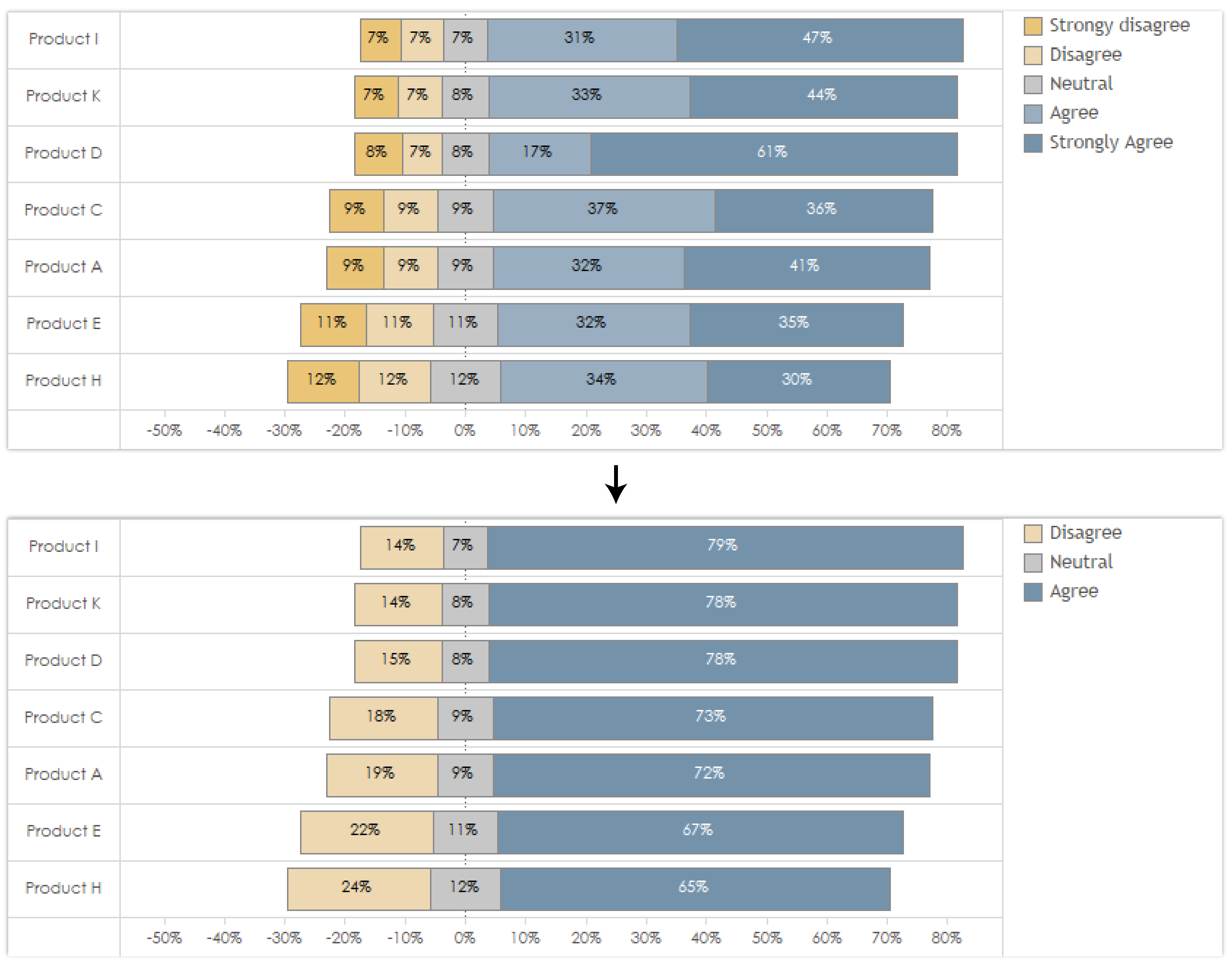
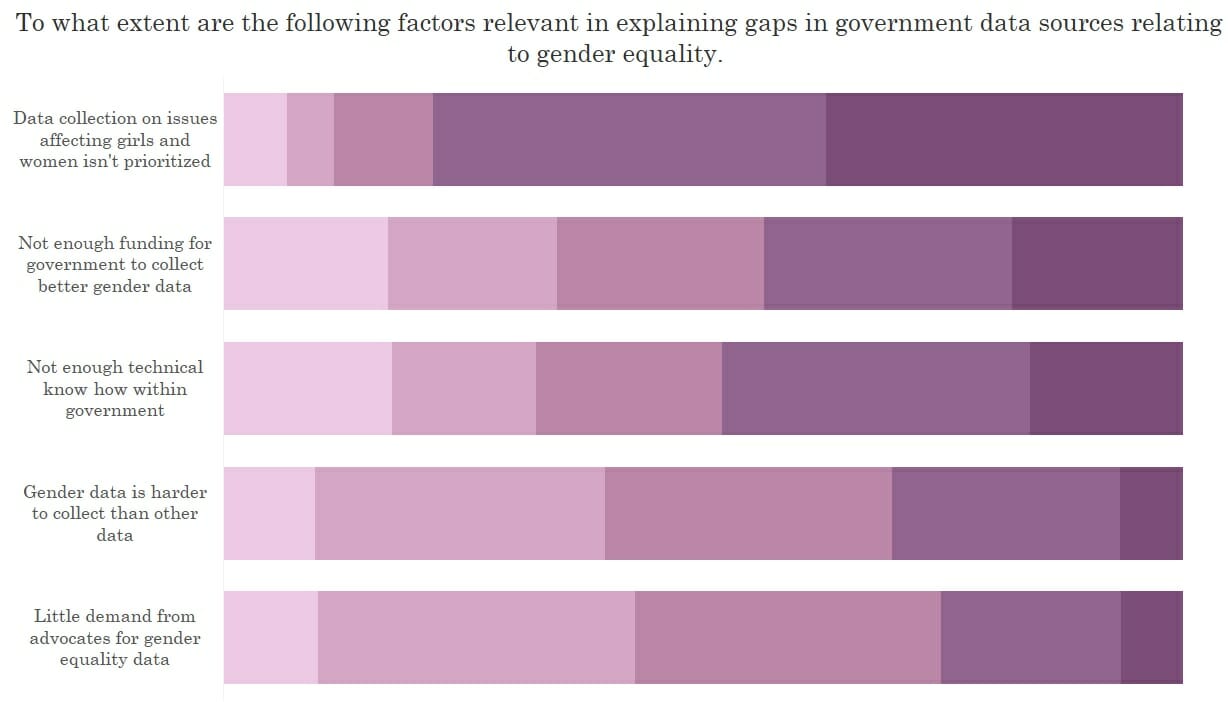

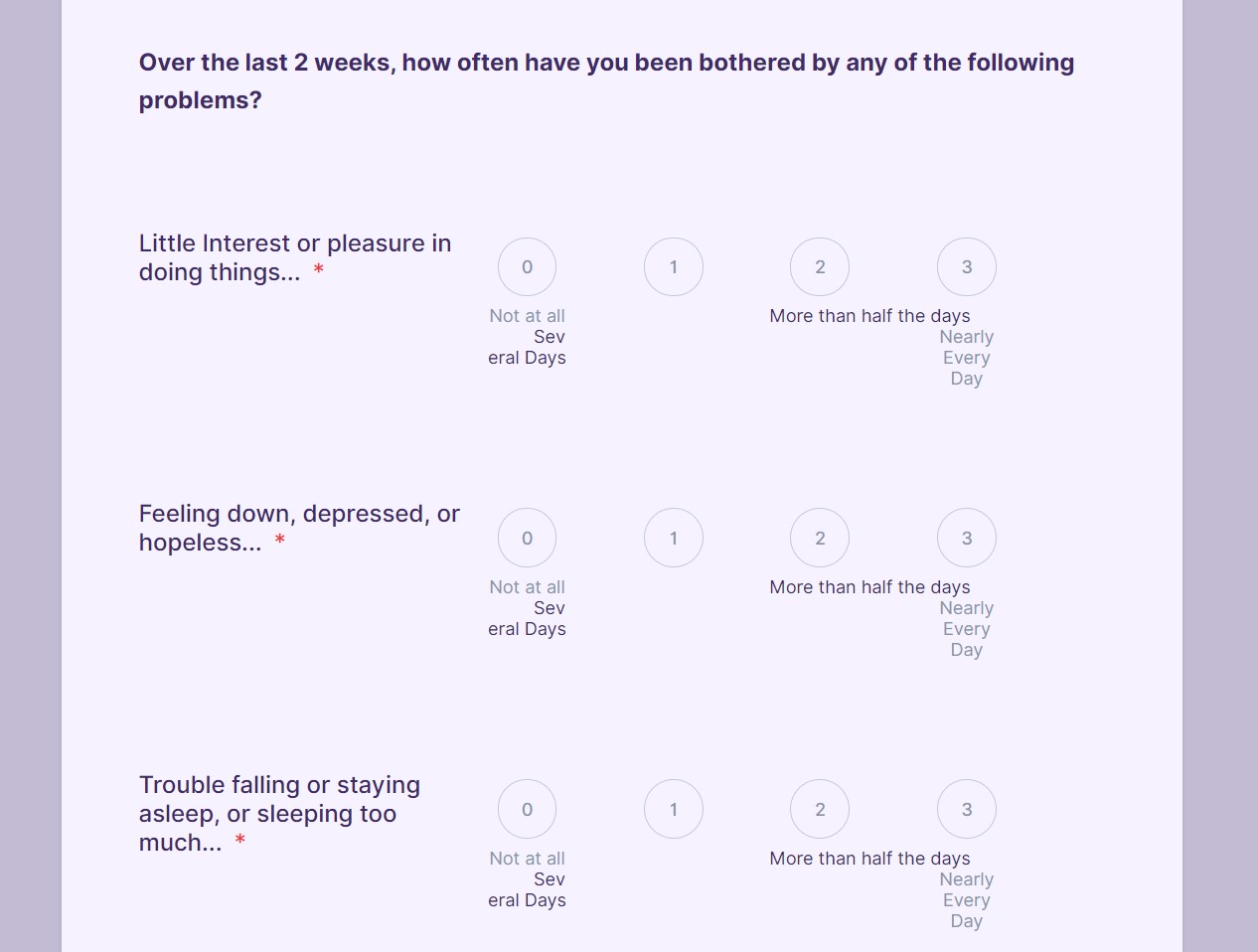
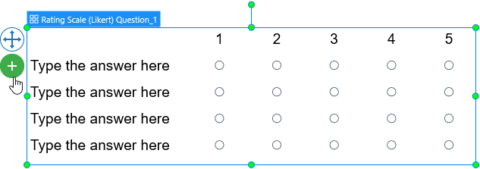

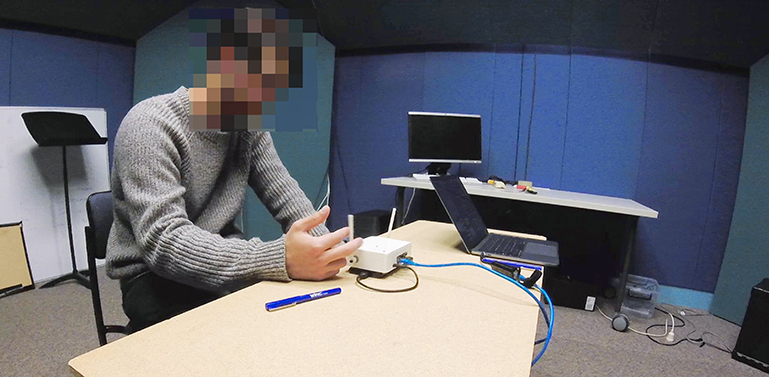
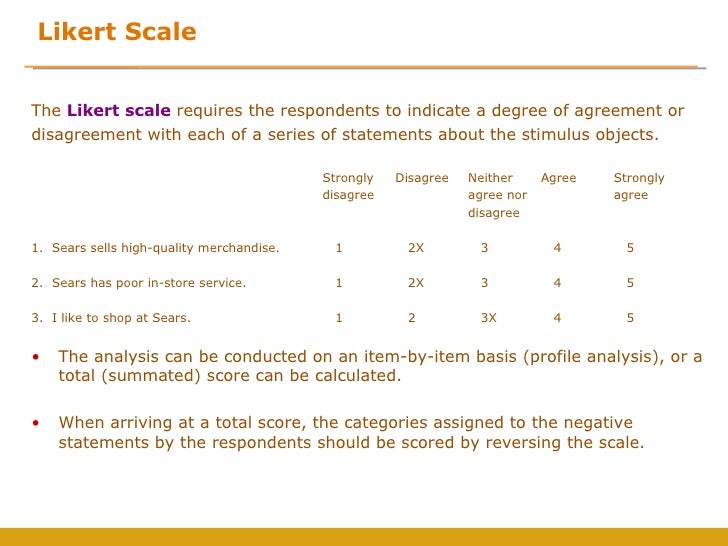

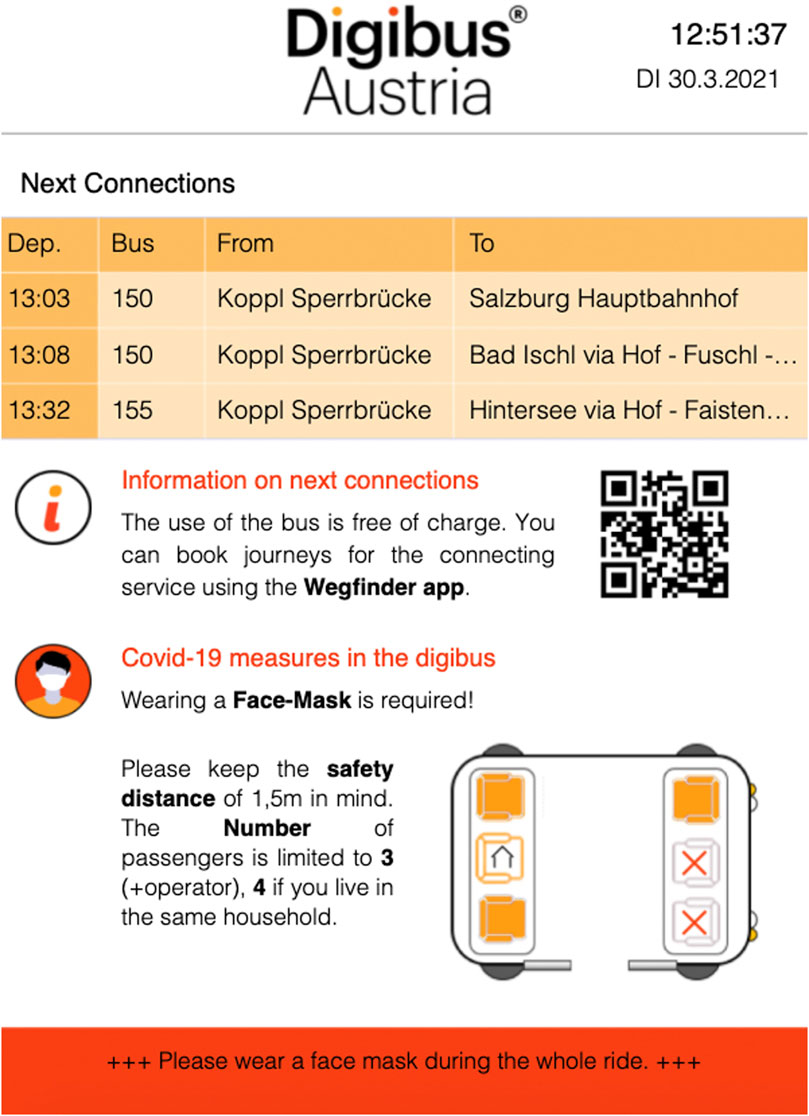

Post a Comment for "42 11 point likert scale labels"